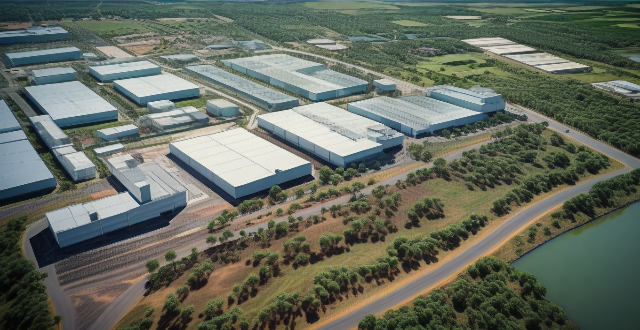The current state of research and development in power battery technology is focused on several key areas including energy density, safety, charging time, cost reduction, lifespan and recycling, and environmental impact. Efforts are being made to increase the amount of energy that can be stored per unit weight or volume through material innovations such as solid-state electrolytes and high-capacity electrode materials. Safety measures are being improved with advanced monitoring systems and protective mechanisms to prevent thermal runaway and other hazards. Faster charging capabilities are being developed through new charging methods and protocols, along with advancements in charging infrastructure. Cost reduction is being achieved through economies of scale and alternative materials. Lifespan is being extended through techniques like active cooling and optimized charging algorithms, while recycling efforts are focused on designing batteries that can be easily disassembled and whose components can be recovered and reused. Sustainable materials are being investigated to minimize the environmental footprint of power battery production, and efforts are being made to reduce the toxicity of battery components.

Current State of Research and Development in Power Battery Technology
Power battery technology is a rapidly evolving field with significant implications for the automotive industry, renewable energy sector, and consumer electronics. The current state of research and development in power battery technology is focused on several key areas:
Energy Density
- Higher Energy Density: One of the primary goals of power battery research is to increase the amount of energy that can be stored per unit weight or volume. This allows for longer runtimes and reduced size/weight of batteries.
- Material Innovations: New materials such as solid-state electrolytes and high-capacity electrode materials are being explored to achieve higher energy densities.
Safety
- Improved Safety Measures: Ensuring the safety of power batteries under various conditions (overcharging, physical damage, temperature extremes) is crucial. Researchers are developing advanced monitoring systems and protective mechanisms to prevent thermal runaway and other hazards.
- Battery Management Systems (BMS): Advanced BMS technologies are employed to regulate charging and discharging processes, monitor cell health, and prevent overheating or short-circuiting.
Charging Time
- Fast Charging Capabilities: Reducing the time required to charge a battery without sacrificing its lifespan or safety is another area of focus. New charging methods and protocols are being developed to achieve faster charging times.
- Innovative Charging Infrastructure: Alongside improvements in battery chemistry, advancements in charging infrastructure are also necessary to support fast charging capabilities at scale.
Cost Reduction
- Economies of Scale: As production volumes increase, costs associated with manufacturing are expected to decrease due to economies of scale.
- Alternative Materials: Researchers are exploring cheaper alternatives to rare or expensive materials used in current battery designs, aiming to reduce overall costs without compromising performance.
Lifespan and Recycling
- Extended Lifespan: Improving the longevity of power batteries is essential for reducing replacement frequency and overall environmental impact. Techniques like active cooling and optimized charging algorithms can extend battery life.
- Recycling Efforts: There's a growing emphasis on making batteries more recyclable, with efforts focused on designing batteries that can be easily disassembled and whose components can be recovered and reused.
Environmental Impact
- Sustainable Materials: Researchers are investigating more sustainable sources for battery materials to minimize the environmental footprint of power battery production.
- Reduced Toxicity: Efforts are also directed towards reducing the toxicity of battery components, making them safer for both humans and the environment during production, use, and disposal phases.
In conclusion, the current state of research and development in power battery technology is dynamic and multifaceted, addressing challenges related to energy density, safety, charging time, cost, lifespan, recycling, and environmental impact. Ongoing innovations in these areas hold promise for transformative improvements in the way we store and utilize energy.